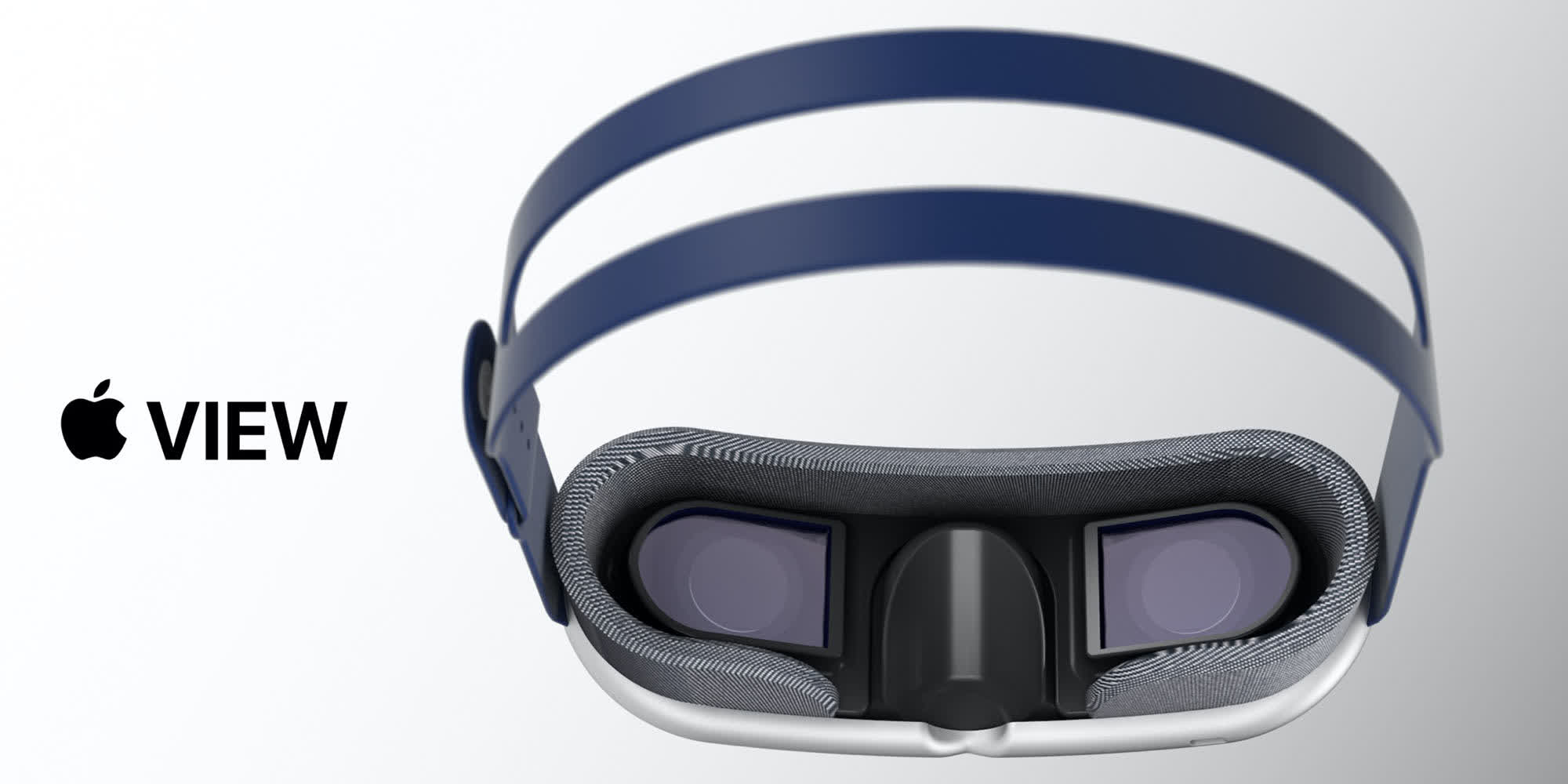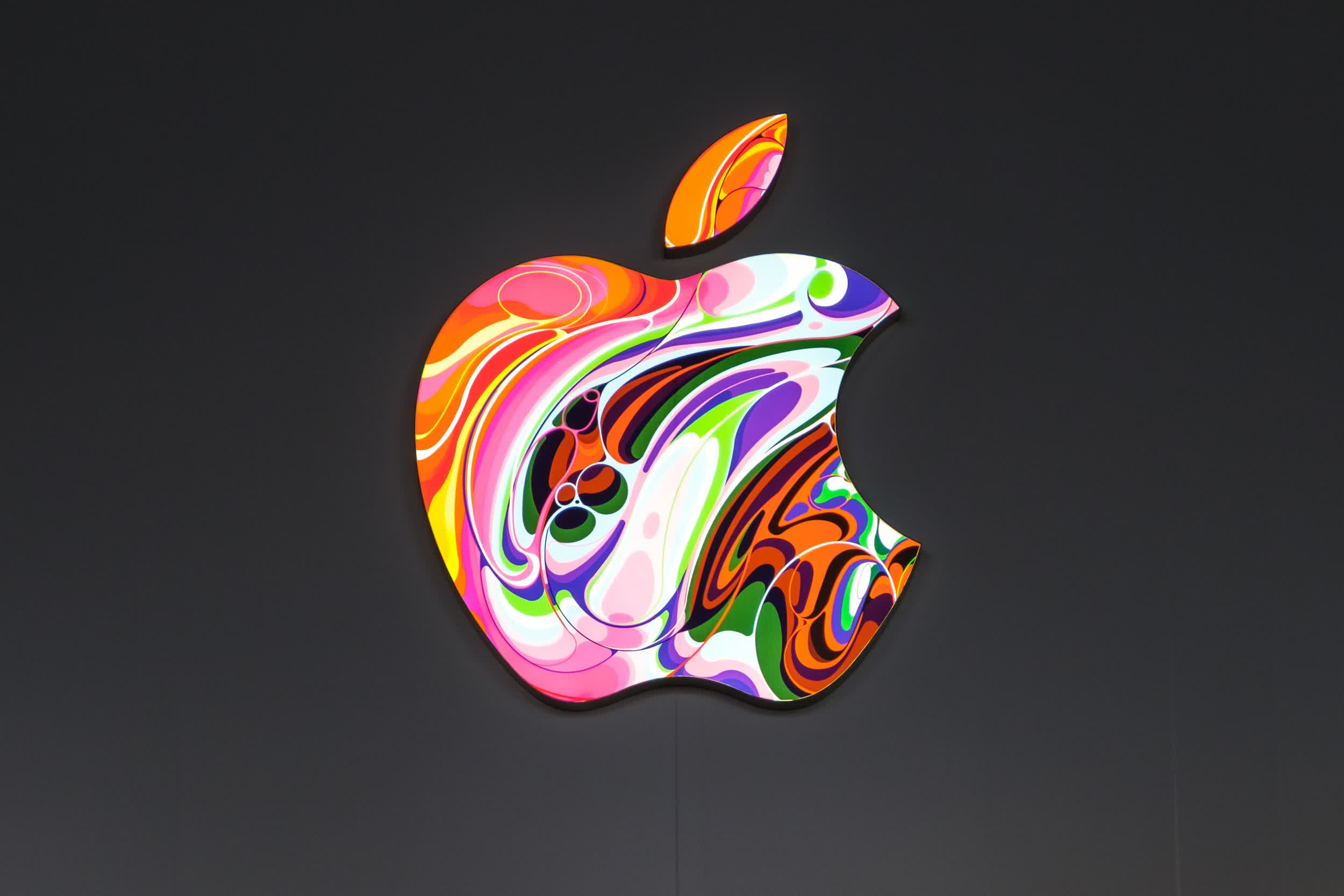In brief: Apple's much anticipated AR/VR headset is at least one year away from being ready, but the company has been making significant progress in designing the custom silicon that will make it work. Now we know the device will offload most rendering work and depend on an iPhone or Mac for internet connectivity and location services.
Apple has long been rumored to be working on an augmented/virtual reality headset, and it looks like it will need to be tethered to an iPhone to be useful in any way. According to a report from The Information, the new device will work in a similar way to the first few generations of the Apple Watch, in that some features will require a wireless connection to a nearby iPhone or Mac.
The report says Apple finished work on the system-on-a-chip (SoC) for the headset last year and completed the physical designs for two additional chips that will go into the new device – the display driver and an image sensor. All three chips will be manufactured using TSMC's 5nm process node, as Intel is said to have secured the majority of the foundry's 3nm production capacity.

Interestingly, the new SOC won't integrate some capabilities found in the A-series and the M1, most notably the Neural Engine. However, it will have better video decoding and encoding performance and feature a more power-efficient CPU and GPU pair. The headset will be able to do some basic tasks on its own but will rely on a wirelessly connected iOS or macOS device for powering augmented and virtual reality experiences, presumably to make the device lighter and more comfortable to wear.
This isn't surprising, as existing mixed-reality devices like the Magic Leap and the Microsoft HoloLens are not exactly comfortable to wear for multiple hours at a time. The first needs to be tethered to a PC, and the latter is a full-blown Windows PC crammed into a headset, but neither device has been able to generate significant user adoption.
As for when we'll be able to see Apple's first take on a mixed-reality headset, it's difficult to say at this point since TSMC has been experiencing low-yield issues in trial production runs for the image sensor, which is said to be unusually large for a MR headset. With a bit of luck, Apple may be able to introduce it in the second half of 2022, which can't come soon enough.
